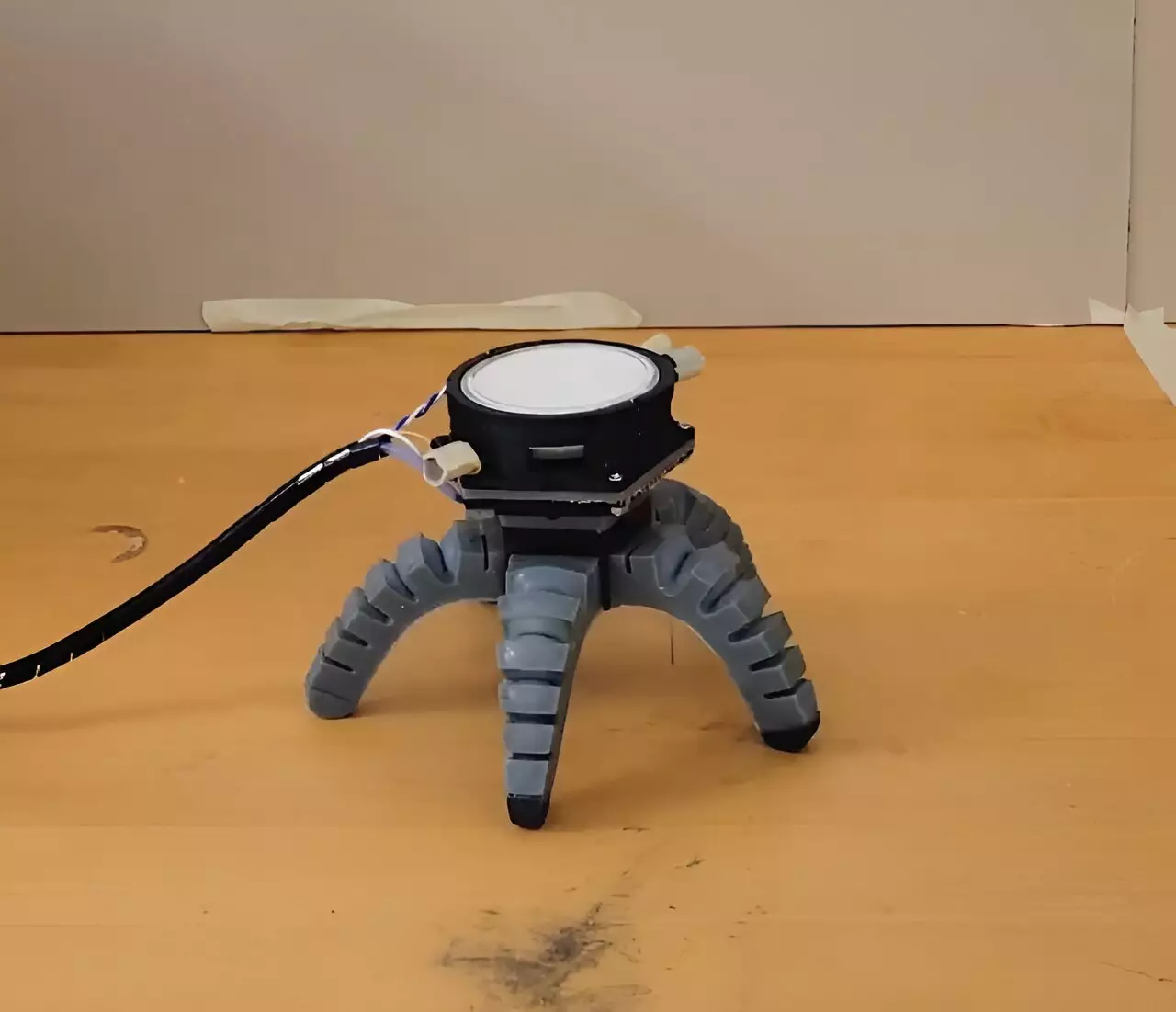As technology continues to evolve, research communities are increasingly drawn to the integration of organic elements into robotics, leading to the development of biohybrid systems. In a recent study led by Cornell University researchers, an unexpected innovation emerged from the depths of nature’s ecosystem: fungal mycelia. These underground networks of mushrooms not only contribute to nutrient cycling in the forest but also present new avenues to enhance robotic capabilities. The intriguing use of fungal mycelia to facilitate environmental sensing in robots marks a significant leap toward autonomous technology that responds to intricate, dynamic surroundings.
Fungal mycelia represent an extraordinary component in the field of robotics. Growing naturally in diverse environments, these structures are robust, versatile, and capable of detecting a variety of stimuli, such as light and chemical signals. Unlike traditional synthetic sensors that serve singular purposes, mycelia offer multidimensional sensory feedback—a characteristic vital for robotics. By utilizing the innate electrical signals produced by mycelia, researchers at Cornell have demonstrated a method to control biohybrid robots more effectively, allowing them to react in real time to environmental cues.
Anand Mishra, a key researcher in this project, highlights the agility of living systems compared to their synthetic cousins. “Living systems possess the ability to respond to multiple stimuli, whereas a passive sensor will only provide a single type of data,” Mishra explains. This adaptability underscores the potential of integrating living organisms into machines, which could lead to smarter, more resilient robots that can navigate unstructured environments.
Creating a biohybrid robot capable of utilizing mycelial properties necessitates a mash-up of expertise across various disciplines. Engineers, biologists, and neurobiologists came together to build this groundbreaking project, demonstrating the power of collaborative innovation. Mishra’s work relied heavily on insights from experts such as Bruce Johnson, who focused on the neurobiological aspects of mycelial activity, and Kathie Hodge, who taught practical methods for cultivating mycelia free from contaminants. This interdisciplinary approach is essential in overcoming the complex challenges related to integrating living systems into robotic structures.
The research team also constructed a specialized electrical interface designed to filter noise from external sources. By accurately capturing mycelial electrical signals in real-time, this technology lays the groundwork for a new paradigm of environmental awareness in robotic systems. The culmination of these efforts resulted in the advancement of two distinct biohybrid robots—one mimicking a spider’s movements and the other a wheeled design.
The experiments conducted with the biohybrid robots yielded promising results, showcasing the profound implications of integrating mycelia with robotics. The first experimental phase involved observing the robots’ locomotion patterns in response to the mycelial electrical spikes. The reactions demonstrated the ability of the robots to adapt their movements according to the fluctuating signals, essentially interpreting the neuronal-like responses from the mycelium.
In a subsequent scenario, researchers introduced ultraviolet light to stimulate the robots, prompting them to alter their gaits. This experiment highlighted mycelia’s potential as a responsive mechanism that can react to external inputs. Lastly, the team achieved full control over the mycelial signals, capable of overriding the autonomous responses of the mycelium itself, thus enhancing the robot’s programmed behaviors.
These findings are monumental, as they suggest that biohybrid systems can operate with a degree of synchronization akin to living organisms, merging biological responsiveness with mechanical functionality.
This research opens the door to several practical applications beyond the laboratory. As the technology advances, the potential for future robots to detect environmental changes—like assessing soil chemistry and determining fertilizer needs—could significantly impact agriculture. The intuitive response to environmental stimuli, combined with the robot’s ability to visualize stress signals from the mycelia, offers a comprehensive framework for observing ecological health and nutrient cycles.
In essence, this research encapsulates a rich array of opportunities in robotics, environmental science, and sustainability. The implications stretch far beyond simply creating a ‘robot’—they introduce the possibility of establishing a symbiotic relationship with nature, where technology is not just an extension of human capability but a bridge fostering understanding between synthetic and living systems.
The journey of integrating fungal mycelia into robotics stands as a compelling testament to the innovative spirit of researchers at Cornell University. By leveraging the unique properties of living organisms, they have paved the way for a new wave of biohybrid technology, potentially transforming industries by creating robots that can engage with their environment in unprecedented ways. As further research unfolds, the symbiotic relationship between living systems and robotic technologies could play a vital role in addressing environmental challenges and reshaping our approach to autonomous machines.


Leave a Reply